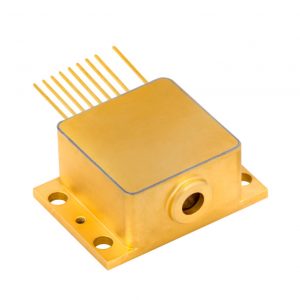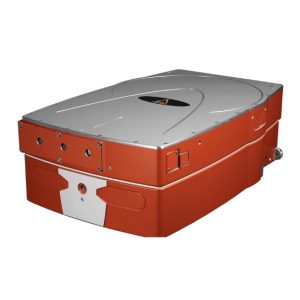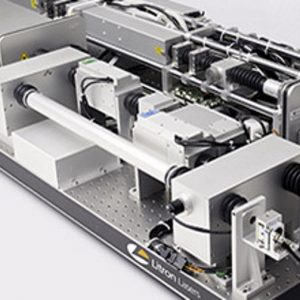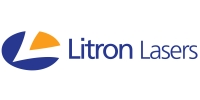PowerMir – 4.6µm QCW QCL
Bernard Azout
Key Features:
- Maximum Average Optical Power: above 1 Watts at 4 microns and 4.6 microns, 1.5 W at 4.8µm and 300mW at 9µm
- Mode of operation: Quasi-CW, high duty cycled pulsed
- Central wavelength: 4 µm or 4.6µm, or 4.8µm or 9.Xµm +/- 0.1 µm
- Pulse frequency: > 500 kHz
- Divergence: Horizontal < 8 mrad (typically 6mrad), Vertical < 6 mrad (typically 4mrad)
- Beam quality: TM00 Gaussian beam, M²<1.5
- Output beam dimension (window output): 2 mm x 3 mm
- Polarization: Linear vertically polarized








